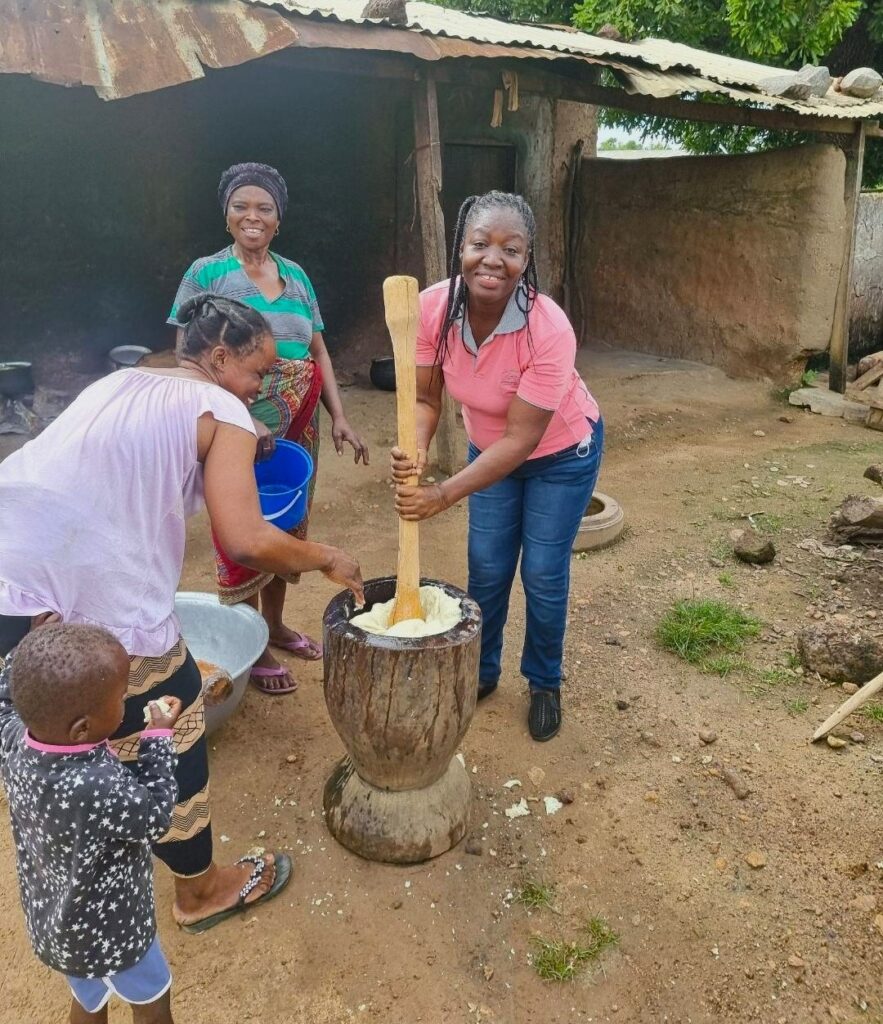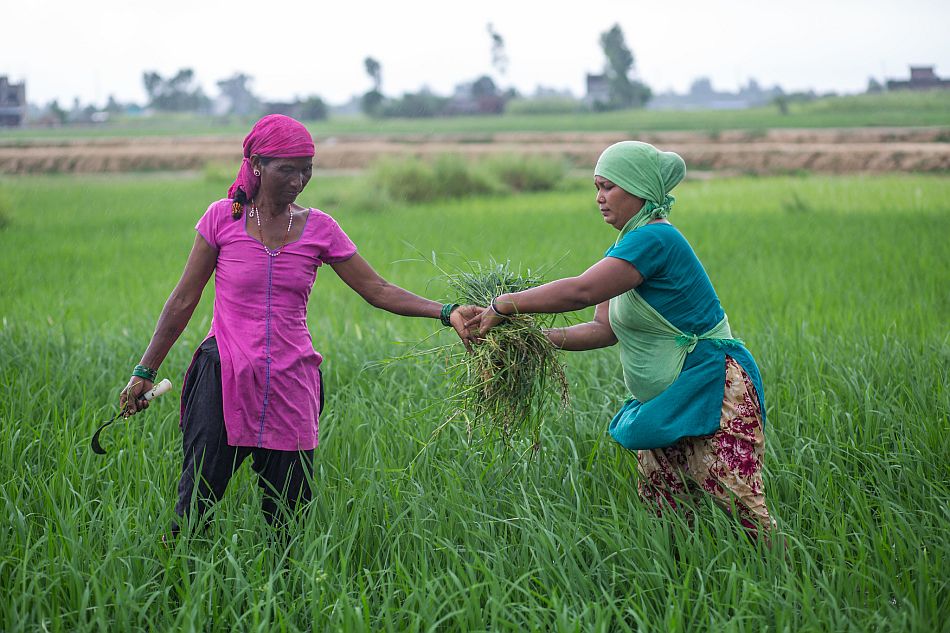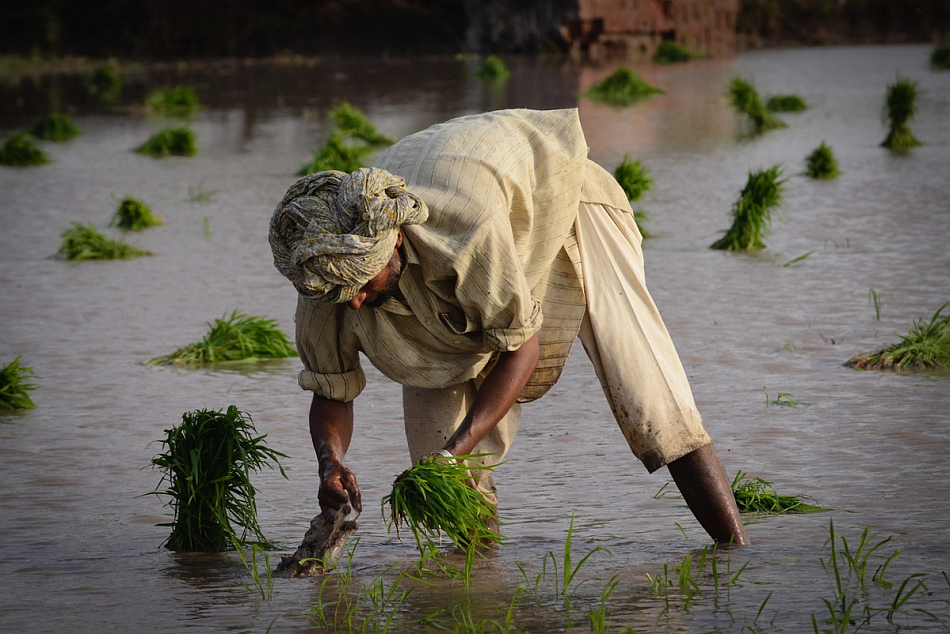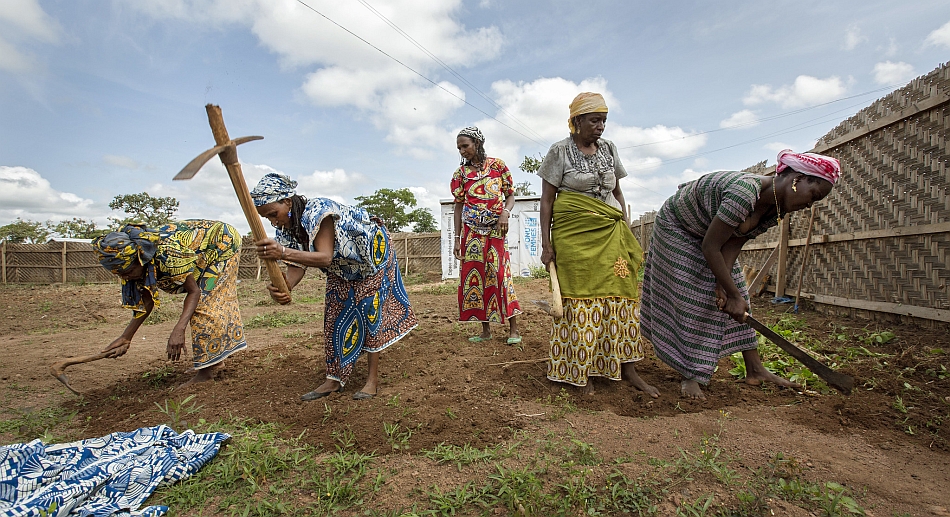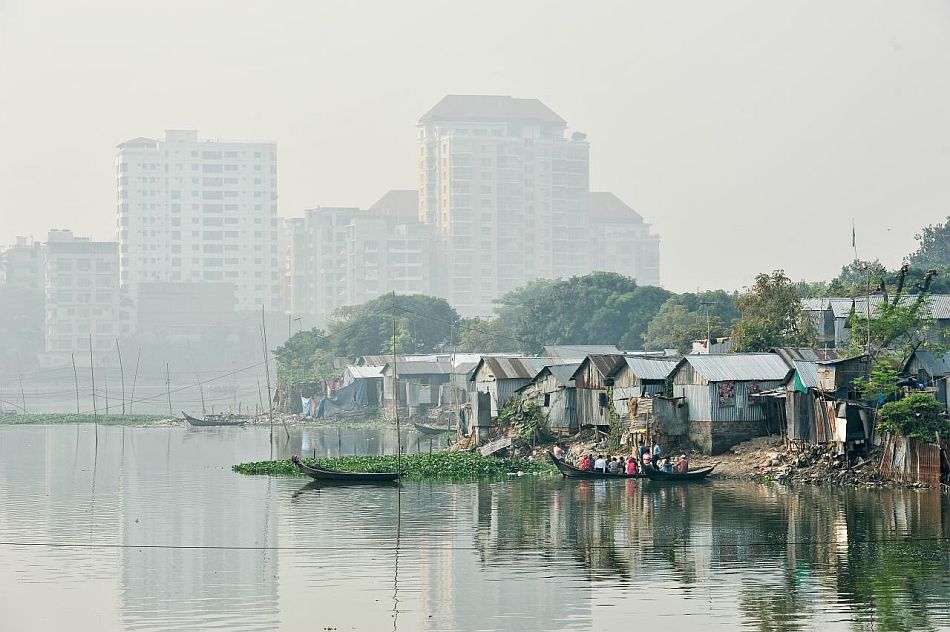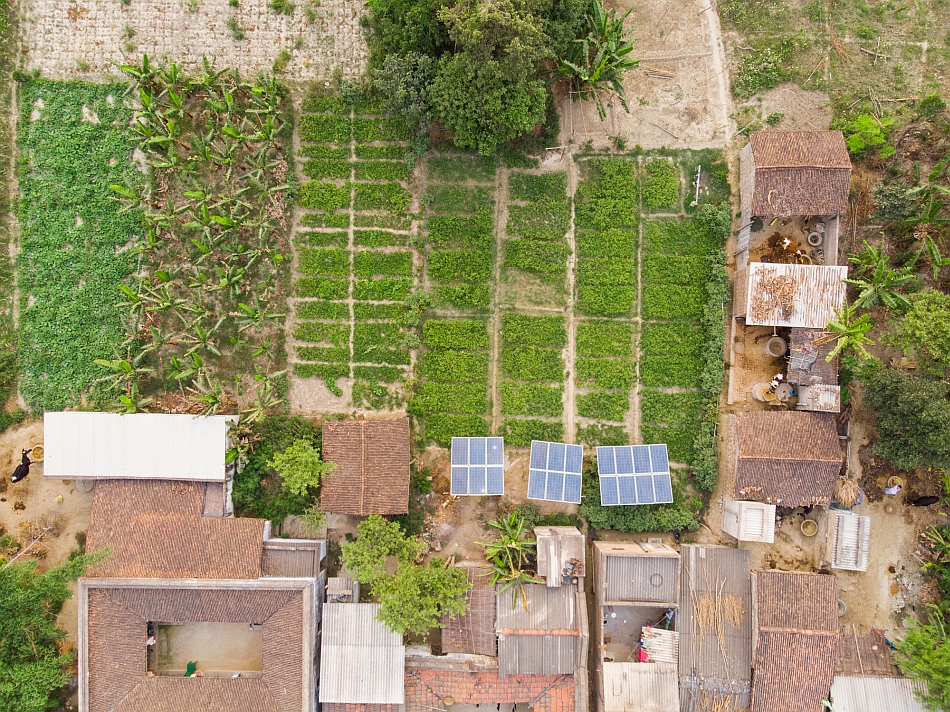By Shreya Chakraborty & Garima Taneja
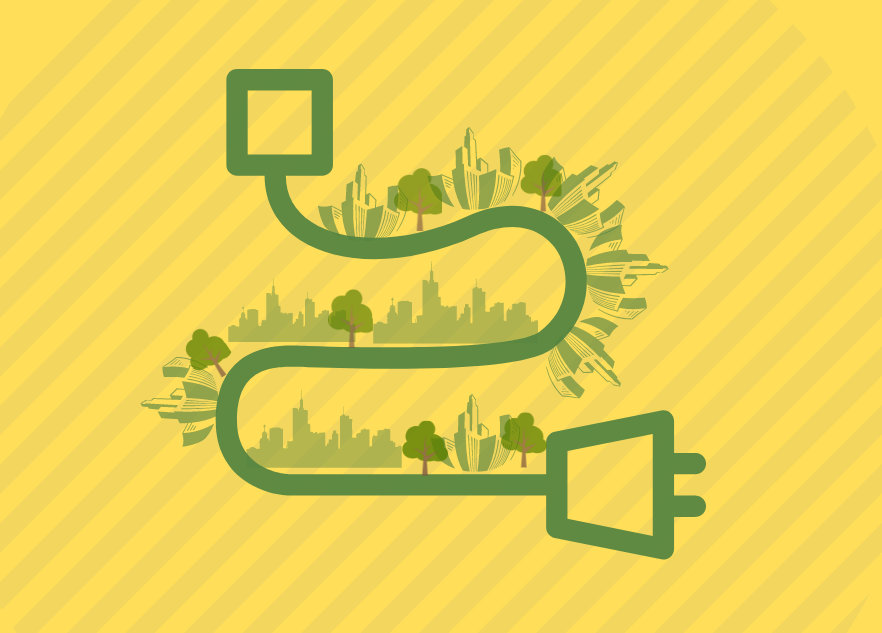
India updated its climate goals for 2030 at COP 26, committing to take its non-fossil energy capacity to 450 GW and to meet 50 percent of its energy requirements from renewable energy. Given the emerging research and development literature over the past decade on renewable energy policies, equity aspects of energy, just energy transitions, and gender in renewable energy, one would hope to see these principles of participation, inclusion and equity strongly embedded in our energy policies. At the core of these efforts should be inclusive energy policies, particularly renewable energy policies, which offer an overarching vision and direction to the sector.
We looked at some of the key national-level energy policies in India such as the draft National Energy Policy 2017 and the draft National Electricity Policy 2021 to understand whether they incorporate gender equality and social inclusion and recognize the root of the gaps found therein.
Technoeconomic preoccupation
The policies reflect an absolute dominance of technical and financial aspects of energy transitions with a smattering of generic representations of the social and gender equality with all-encompassing terms such as “citizens,” “customers,” “stakeholders,” “per capita” and “universal.” While there is mention of a priority for the poor and deprived, women-specific strategies to overcome structural socioeconomic cleavages that create constraints in access are either not offered or highly limited. Without recognition and incorporation of complex social processes, such representations assume a benevolent rhetoric of a uniform and equal society, leading to a one-size-fits-all approach to energy solutions.
There is adequate evidence that structural inequalities constrain women groups as well as economically and socially marginalized communities. For instance, studies show that despite improved village and household electrification in India and new technologies emerging for renewable energy access, poor and socially marginalized communities face issues including limited affordability, social access to assets, resources and information. Inequalities in energy access between men and women exist due to their different energy needs based on traditional gender roles and the lack of women’s ownership of land and assets. Unless these gender and social inequalities are recognized in policies, they often do not address these structural challenges while directing transitions.
Reproducing gender biases
Women’s inclusion in policy is almost entirely restricted to discussions on cooking fuel, reducing gender-energy linkages to the stereotypes of women’s role within the household and restricted to the kitchen. From the Integrated Energy Policy of 2006 to the draft National Energy Policy of 2017, women’s inclusion in energy policy has become even narrower. Women’s productive roles and energy requirements are neither recognized nor distinctly incorporated in proposed policies and strategies.
Most women-led micro-enterprises need access to productive and clean energy equipment to mechanize, but these women rarely own these physical assets. The financial system makes it challenging for women to access loans in the first place due to the requirement of registration, collateral, margin money, and trust deficit in their loan repayment capacity. Women micro-entrepreneurs have limited awareness about existing government policies, particularly for energy products and programs, and how to avail themselves of these. Despite an abundance of literature on gender in renewable energy, current policies are yet to take targeted steps towards increasing women’s employment in the sector.
Always a beneficiary, never a participant
The principles of decentralized participatory management of resources are entirely missing in energy policies. This extends to energy transitions as well. People are represented primarily as beneficiaries of a supply-based policy direction but have little or no provision for being included in the design, planning, management, and decision-making. Employment in the sector is often precarious, informal, and short-term. Biases regarding women and technology lead to women being poorly represented in renewable energy sector jobs. A study on the 640 megawatts Gujarat Solar Park (GSP) project and Pavagada Solar Park highlighted that the displacement of communities from their lands and common property resources can add to more livelihood loss, precarity and lack of participation for marginalized communities like tribal and caste groups, for the benefit of larger goals of building energy capacity.
Social as siloed sectors
The lack of an integrated approach in macro-level national strategy and planning documents creates a false separation between the technoeconomic, gender equality and social inclusion priorities in policy planning. Social processes and structural inequalities are almost entirely isolated into a separate siloed chapter on ‘inclusion’, delinking it from planning of economic sectors and priorities. This siloed thinking of inclusion is often what gets reflected in sectoral policies as well.
While these siloed and technoeconomic approaches are rampant across most key sectors, some inclusion strategies from other sectors could offer frameworks for better inclusion. Water and agriculture policies offer some strategies to enhance women’s access to credit, land, labor employment, resources, extension services, promote women’s entrepreneurship and participation. Examples include participatory governance and management institutions such as women’s cooperatives, water user associations, self-help groups and reservations in local governance. Pani Panchayats and Jal Sahelis, for instance, work to restore and manage village water resources, ensuring that women deserve access to water first, prepare water budgets and aid in the social audits. Women’s self-help groups have been set up to not only improve access to credit services but to also provide platforms for decentralized planning and supporting the implementation of several community-level programs.
Research suggests that despite its benefits, when it comes to aspects of equity and justice, rather than eliminating inequalities, energy transitions merely shift them. Therefore, technoeconomic solutions that do not consider the underlying unequal social structures tend to get shaped by and further reproduce these inequalities, like clay in a rigid mold. Despite the years of research and experience in the social and gender issues around energy, these aspects have continued to be considered as second or third generation questions, secondary to the technoeconomic priority.
The authors acknowledge the contribution and support from Aditi Mukherji, Director, CGIAR Climate Change Adaptation and Mitigation Impact Action Platform and Alok Sikka, Country Representative for IWMI India.
About the authors
Shreya Chakraborty is a Researcher on Climate Change Adaptation and Policy at IWMI, India
Garima Taneja is a Research Officer – Economics at IWMI, India.



